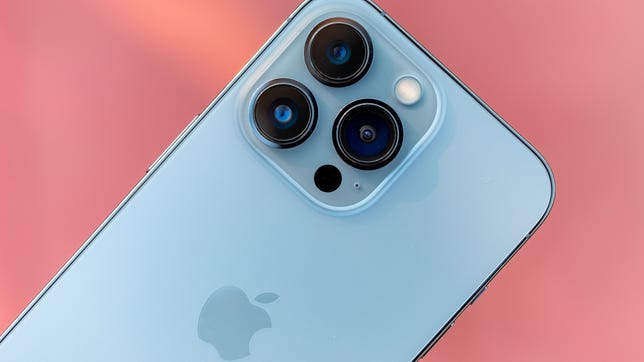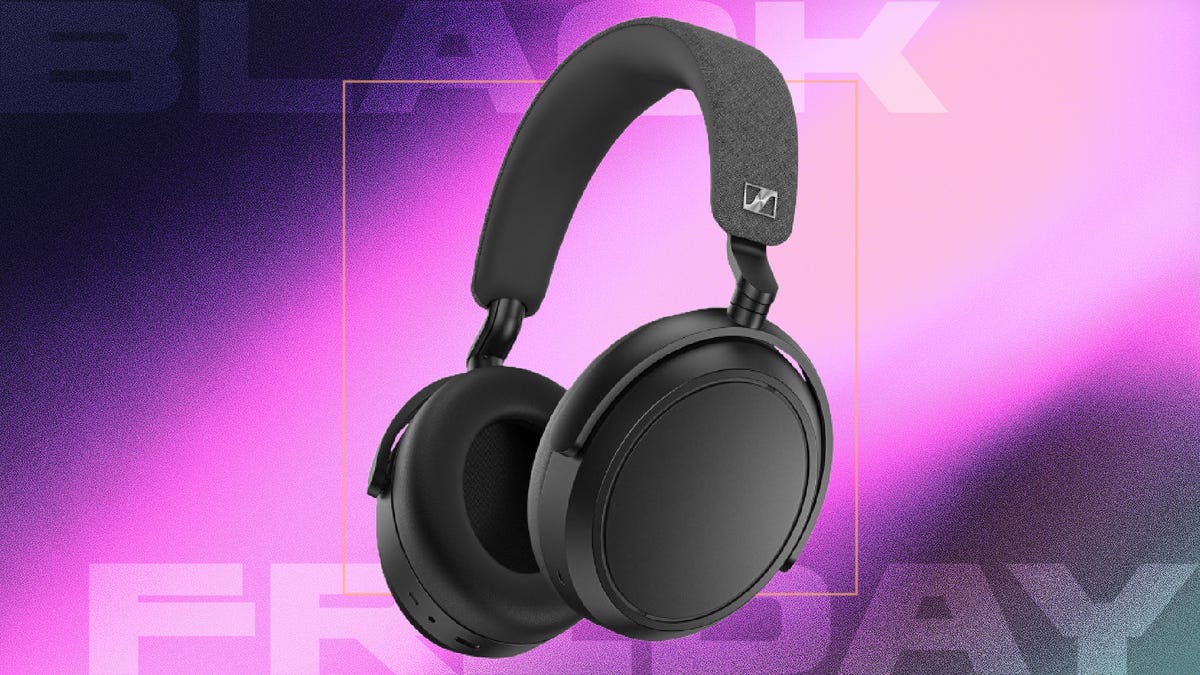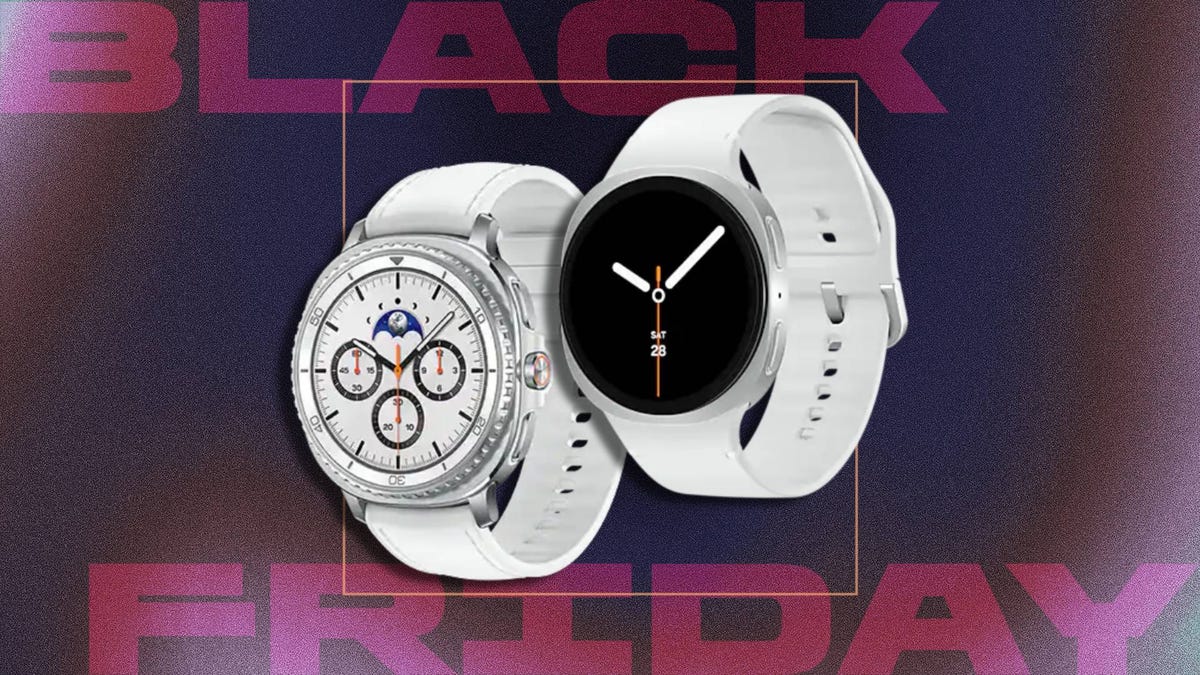Technologies
iPhone 14 Pro vs. 13 Pro: The Cameras Differ in 4 Significant Ways
Here’s how the newer hardware and software affect real-world use.

This story is part of Focal Point iPhone 2022, CNET’s collection of news, tips and advice around Apple’s most popular product.
Apple’s iPhone 14 Pro has several camera systems and performance improvements that have led to stellar reviews, including a 48-megapixel sensor and the company’s new image-processing technique called the Photonic Engine. This immediately puts the iPhone 14 Pro at an advantage over last year’s iPhone 13 Pro and 13 Pro Max, at least on paper.
But do these new hardware and software features actually make a real-world difference?
To find out, I compared the cameras on both phones in a range of challenging situations around San Francisco. All these photos were taken in the default camera app on the iPhone 14 Pro and iPhone 13 Pro, both running the latest version of iOS 16.
You can find out more in a deep dive about the specific improvements to the iPhone 14 Pro’s camera system, by my colleague Stephen Shankland. CNET’s Patrick Holland also has a great analysis of the iPhone 14 Pro’s photos and how the Photonic Engine helps boost photo quality in challenging lighting conditions.
The iPhone 14 Pro 48-megapixel sensor captures more detail
On the hardware front, the biggest change between the two phones is the 14 Pro’s new 48-megapixel sensor on the main wide camera that’s also physically larger than the older iPhone, which makes just as much of a difference to photo quality as the increase in megapixels. The 13 Pro uses a 12-megapixel sensor.
Using a technique called pixel binning, the iPhone 14 Pro joins four pixels together into groups to capture 12-megapixel photos with more detail. You can also take a full 48-megapixel image if you shoot in Apple’s ProRaw format, and that gives photographers more flexibility when it comes to editing and recovering shadow and highlight detail among many other advantages.
In good lighting, the 12-megapixel shots from both the iPhone 14 Pro and iPhone 13 Pro look similar at reduced magnification, and it might not be that easy to spot the difference. It’s when you push in a bit that the advantages of the 14 Pro’s new sensor and image processing become clear.
In the images below that I captured in San Francisco’s Golden Gate Park, the tree trunks are more defined and sharper on the iPhone 14 Pro’s photo than those on the 13 Pro. Areas of fine detail, like grass, also retain much more resolution. You can click through to the full resolution image from the iPhone 14 Pro and the iPhone 13 Pro to compare more easily.
The iPhone 14 Pro’s lens on the main rear camera also has a wider field of view than the 13 Pro’s: 24mm versus 26mm. This means you can get a little more in your shot, which might be especially helpful for landscape photography.
The iPhone 14 Pro can take photos at 2x zoom
The iPhone 14 Pro also has another trick up its sleeve: The 48-megapixel sensor can also take 12-megapixel shots at an effective 2x optical zoom. You’ll see a new 2x option in the camera interface. That crops the center of the higher-resolution image to immediately give you more flexibility with focal length, without needing a fourth lens. The iPhone 13 Pro can also take photos at 2x zoom, but it uses digital zoom and doesn’t have the same quality or level of detail as this new technique.
I find the new 2x option on the iPhone 14 Pro helps with portrait mode. Instead of just offering 1x and 3x options like on the older phone, it can also snap portrait mode photos at 2x. This results in more natural-looking shots to my eye. I find it’s more flattering on facial features than the wide look from 1x, or the zoomed-in perspective at 3x.
iPhone 14 Pro vs. 13 Pro: Low-light and night mode
The iPhone 14 Pro has a new image processing pipeline to help improve medium to low-light shots. Combined with the larger sensor, I can see the difference compared to the iPhone 13 Pro in all the photos I shot at dusk. In the photos below, take a look at the detail captured on the tree branches by the skyline.
The newer phone also has better noise reduction in low light, without night mode engaged. Dynamic range is improved in low light too, capturing more shadow and highlight detail than the older phone.
For night mode shots specifically, both the phones use similar exposure times ranging from 1 to 3 seconds depending on the lighting conditions. The iPhone 14 Pro’s picture below has more accurate white balance overall and slightly better detail when you zoom in.
Action mode is the star of the iPhone 14 Pro’s video recording
Both the iPhone 14 Pro and iPhone 13 Pro shoot in 4K at up to 60fps. The video image looks similar when filming on the main rear camera. But the iPhone 14 Pro unlocks additional video tools like Action mode. This is like having a gimbal attached to your phone to give smooth results when moving, except you don’t need any additional hardware — it’s all done in-phone.
Action mode crops in slightly to your image and drops the resolution from 4K to 2.8K. But I think the results are incredibly impressive, especially when compared to the same video shot on the iPhone 13 Pro.
I chased after my puppy, jogged along the beach and took a fast-moving tracking shot in front of a waterfall in the park with Action mode, and the results were remarkable. The iPhone 14 Pro’s video image looks like I was filming with a stabilizer, smoothing out even sudden jerky movements. The iPhone 13 Pro’s video looks much more shaky. You can see those action mode examples in the video below, or at the top of this page.
iPhone 14 Pro has big camera improvements, but the iPhone 13 Pro is still impressive
Apple’s latest iPhone has some significant advantages over last year’s iPhone 13 Pro when it comes to both photo and video capture. Importantly, you don’t need to consider yourself a serious or professional photographer to take advantage of that 48-megapixel sensor. But the iPhone 13 Pro is still at the top of its game in most other areas, and still offers one of the best all-around phone cameras you can get.
Technologies
Give the Gift of Great Sound With Sennheiser Headphones at a 60% Black Friday Discount
The Sennheiser Momentum 4 headphones are now down to a record low price of $179 this Black Friday.

Spending this Black Friday shopping for a holiday gift for an audiophile? With tons of items on sale, there are plenty to chose from. Sennheiser is behind some of the best wireless headphones you can buy, but its headphones can be prohibitively costly.
But for two days only, Woot is running a Black Friday deal that brings the Sennheiser Momentum 4 headphones down to $179 from the original $450 price. The Sennheiser Momentum 4 headphones are for audiophiles who want great quality and comfort. You have to be quick, as this deal ends on Nov. 30, or sooner if supplies run out.
Sennheiser Signature Sound gives you rich, balanced audio, and the companion Smart Control app lets you fine-tune the sound to your liking. Adaptive noise cancellation keeps outside distractions at bay, making these headphones great for work, commuting or just zoning out at home. The battery lasts up to 60 hours at moderate volume, and the voice-calling quality is solid, so you can rely on them for everyday use.
Hey, did you know? CNET Deals texts are free, easy and save you money.
If this style of headphones isn’t your cup of tea, then maybe a pair of the best wireless earbuds will be better suited to your needs. If you’re shopping on a budget, check out our roundups of the best gifts under $100, $50 and $25 to see more great gift-giving ideas.
HEADPHONE DEALS OF THE WEEK
-
$248 (save $152)
-
$170 (save $181)
-
$199 (save $150)
Why this deal matters
This deal surely won’t last. Sennheiser has made a name for itself as one of the best in the audio business, and that’s clear with the Momentum 4 wireless headphones. They offer adaptive noise cancellation, a Bluetooth connection and up to 60 hours of playback. When it comes to comfort and quality, it doesn’t get much better, especially with a discount like this.
Join Our Daily Deals Text Group!
Get hand-picked deals from CNET shopping experts straight to your phone.
By signing up, you confirm you are 16+ and agree to receive recurring marketing messages at the phone number provided. Consent is not a condition of purchase. Reply STOP to unsubscribe. Msg & data rates may apply. View our Privacy Policy and Terms of Use.
Technologies
Samsung’s Galaxy Watch 8 Is Now Just $250 in Multiple Black Friday Sales
The Samsung Galaxy Watch 8 is an even better value with this $100 discount.

The holiday season is here, and while your fitness goals might not be at the front of your mind right now, January is just around the corner. That means resolutions are upon us, so what better time than now to pick up a new smartwatch? You can get your hands on a new Samsung Galaxy Watch 8 while it’s available for a huge $100 off for Black Friday.
Amazon and Best Buy are both selling the Galaxy Watch 8 at the same $250 price. We can’t promise either deal will be around for long.
Samsung’s latest smartwatch packs serious hardware upgrades over it predecessor. It has a vibrant 46mm AMOLED display that shines up to 3,000 nits, along with 2GB of RAM, 64GB of storage, built-in GPS and advanced fitness tools, including sleep coaching and vascular load monitoring. It’s waterproof up to 50 meters and lasts up to 30 hours on a single charge.
CNET expert Vanessa Hand Orellana praised its refined design, detailed health insights and Gemini AI support, noting that it «has nearly every feature I could hope for.» Just remember, some tools work best when paired with the Samsung Galaxy phone.
SMARTWATCH DEALS OF THE WEEK
-
$339 (save $60)
-
$280 (save $70)
-
$300 (save $50)
-
$150 (save $100)
-
$49 (save $30)
Why this deal matters
The Samsung Galaxy Watch 8 packs serious upgrades for the price. With advanced fitness tools, sleep coaching and daily energy tracking, it’s one of the most feature‑rich smartwatches this year. The $250 price represents a new low for the model and includes a 90-day warranty. But with limited stock, it’s a deal worth grabbing quickly.
Join Our Daily Deals Text Group!
Get hand-picked deals from CNET shopping experts straight to your phone.
By signing up, you confirm you are 16+ and agree to receive recurring marketing messages at the phone number provided. Consent is not a condition of purchase. Reply STOP to unsubscribe. Msg & data rates may apply. View our Privacy Policy and Terms of Use.
Technologies
The Black Friday Gaming Deals Are Here. Shop Now and Save Big on PlayStation, Xbox and Alienware
-

 Technologies3 года ago
Technologies3 года agoTech Companies Need to Be Held Accountable for Security, Experts Say
-

 Technologies3 года ago
Technologies3 года agoBest Handheld Game Console in 2023
-

 Technologies3 года ago
Technologies3 года agoTighten Up Your VR Game With the Best Head Straps for Quest 2
-

 Technologies4 года ago
Technologies4 года agoBlack Friday 2021: The best deals on TVs, headphones, kitchenware, and more
-

 Technologies4 года ago
Technologies4 года agoVerum, Wickr and Threema: next generation secured messengers
-

 Technologies4 года ago
Technologies4 года agoGoogle to require vaccinations as Silicon Valley rethinks return-to-office policies
-

 Technologies4 года ago
Technologies4 года agoOlivia Harlan Dekker for Verum Messenger
-

 Technologies4 года ago
Technologies4 года agoiPhone 13 event: How to watch Apple’s big announcement tomorrow
